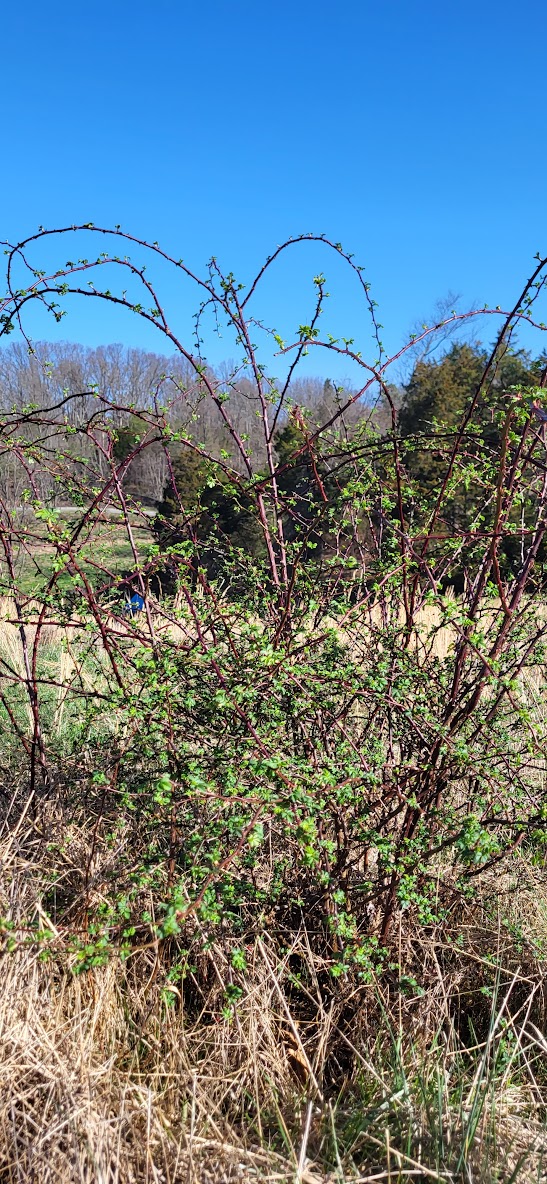Managing Invasive Plants with Livestock


Do you work for your livestock, or do they work for you?
Our goats and pigs have a much larger function on our property than just being pasture candy. While we enjoy the animals, the meat they provide, and the income that can be generated through livestock sales, their purpose is even more than that.
What Are Invasive Plants?
Our property is being overrun by all types of invasive plants. By invasives, I am referring to plants that are not native to our area. These plants are also causing environmental harm as they push out native species.
We brought pigs and goats onto our property to help us manage these invasives. Over time, we hope these animals will minimize the invasive species. We are also working to support the growth of native species.
What Invasive Plants can Livestock Manage?
While our property is thick with invasive species, we are currently focusing on the removal of the most obnoxious and pervasive. Three of these are Himalayan blackberries, wine berries, and multiflora rose. It is impossible to walk a straight line across our pasture without getting snagged by thorns as they are sprouting up even amongst the grass. Much of our forest edge is so thick with a combination of these 3 thorny plants that we cannot walk into the woods. While we have enjoyed foraging the blackberries and wineberries, they are so out of control that we are only able to pick along the outer edge.
The fourth invasive plant species we are mitigating is autumn olive. While their berries do make good food for birds, they spread so readily that they choke out any native trees and shrubs attempting to grow.




How Livestock Manage Invasive Species
Fortunately, these 4 invasive species are among the favorite (and most nutritious) food for goats. Not only will the goats eat the leaves from all 4 species, but they will also nibble on the canes and branches. Thorns are no deterrent for goats. When there are no more autumn olive leaves within reach, the goats will start eating the bark off the trunk. This “ringbarking” or “girdling” will eventually lead to the death of the autumn olive. The goats have made it incredibly easy to identify autumn olives in their pasture: these are the only shrubs in their pasture that they’ve stripped the bark off.
So, if the goats are doing all this wonderful work eating down these invasives, why do we need pigs to help? Goats are not as good at pushing through the tangle of canes as pigs are. Our first set of pigs lead the way in our main pasture with clearing out the invasives. They made paths through the blackberries that the goats were able to follow, giving them better access to the forage. Pigs are also known for…well…rooting! Even our KuneKunes root. So, in addition to making paths through the thick canes, the pigs are able to root up the blackberry and wineberry crowns

Is This Really the Best Way?
But Audra…there are machines and chemicals you can use to do all that work! Yes, that is true. Then, we are the ones doing all of the work and there is no benefit other than the elimination of the invasive species. By having the animals do the work for us, they are getting fed and we get all the benefits of having livestock.
What invasive species do you have on your property? What do you do to manage them?
See insights and ads
All reactions:
11
